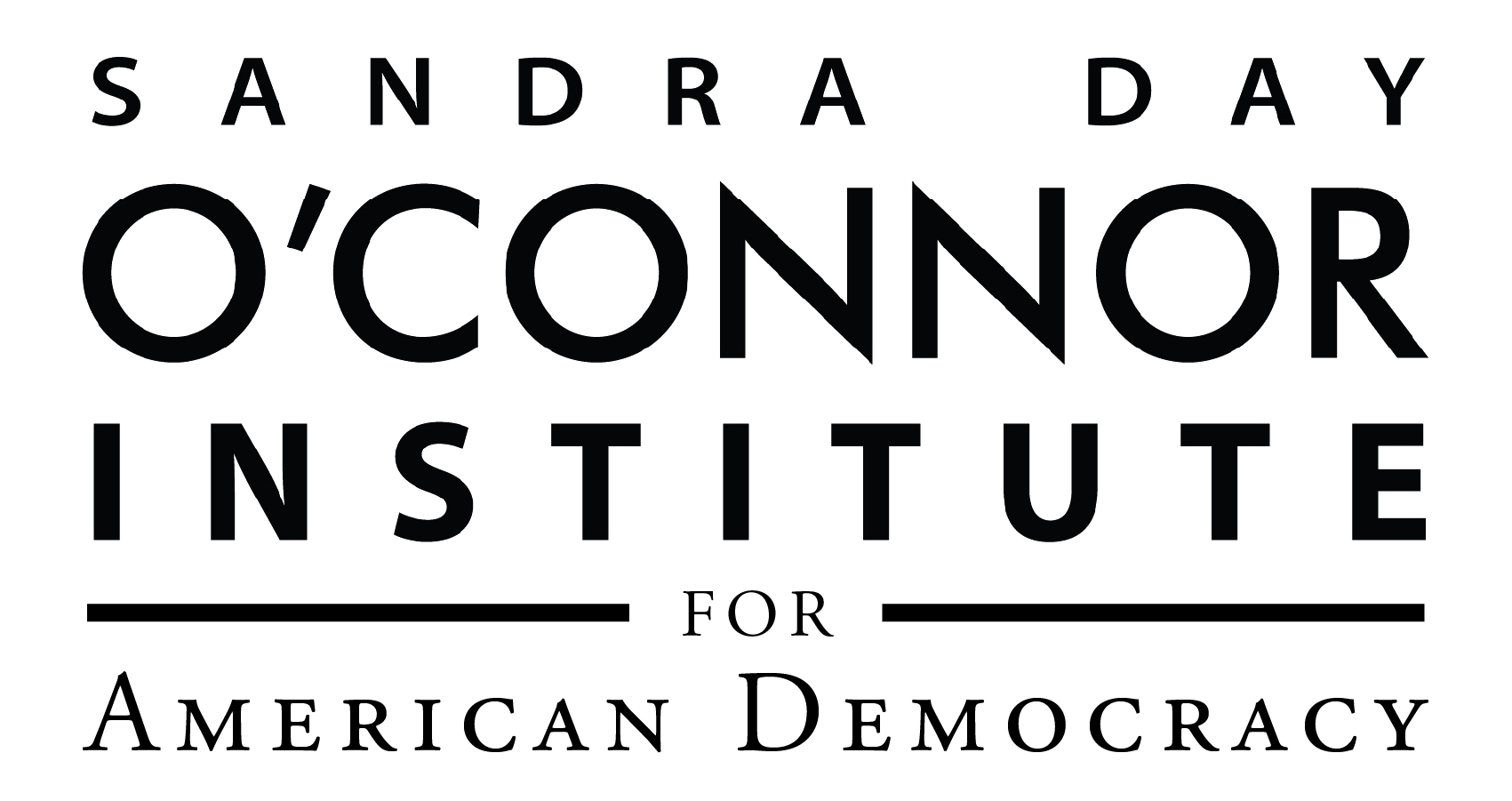The Creation and History of Presidents’ Day
Presidents’ Day, observed on the third Monday of February, is a federal holiday in the United States that honors the nation’s past leaders, particularly George Washington and Abraham Lincoln. Initially, it was established to recognize Washington’s birthday, but Presidents Day has become a broader celebration of all U.S. presidents. Today, it includes retail sales, historical education events, and a time for Americans to reflect on the country’s leadership.
Origins: Washington’s Birthday
The origins of Presidents’ Day date back to the early years of the United States when citizens began celebrating George Washington’s birthday on February 22. Washington, the nation’s first president and a key figure in the American Revolution, was widely admired for his leadership, integrity, and role in shaping the new republic. After his death in 1799, Americans held informal ceremonies and celebrations to honor his legacy.

The movement to officially recognize Washington’s birthday as a national holiday gained momentum in the 19th century. In 1879, Congress passed a law declaring February 22 a federal holiday, initially only for government offices in Washington, D.C. This recognition made Washington’s Birthday one of the first national holidays dedicated to an individual. In 1885, the holiday was expanded to apply to all federal offices across the country, placing it alongside Independence Day and Christmas in significance.

Washington’s Birthday was celebrated for many years with patriotic events, including speeches, parades, and reenactments of his famous achievements. Schools also used the occasion to teach students about his contributions, reinforcing his status as a national hero.
The Uniform Monday Holiday Act and the Shift to Presidents’ Day
By the mid-20th century, there was growing interest in reforming the federal holiday system. Many Americans, particularly those in the business and labor sectors, advocated for holidays that would create more three-day weekends, making it easier for workers to take time off and spend more time with their families. This push led to the passage of the Uniform Monday Holiday Act in 1968, a law designed to move certain holidays, including Washington’s Birthday, to designated Mondays.
Under this new law, Washington’s Birthday was officially moved from February 22 to the third Monday in February. The change took effect in 1971 to provide workers with a more predictable long weekend and increase economic activity. However, because the new date always falls between February 15 and February 21, it never lands on Washington’s actual birthday.
During this time, there was also discussion about officially renaming the holiday Presidents’ Day to honor both Washington and Abraham Lincoln, whose birthday was on February 12. Although Congress ultimately decided to keep the official name as Washington’s Birthday, Presidents Day began to gain popularity, particularly in advertising and retail promotions.
Expansion of Presidents’ Day
While Washington’s Birthday remains the official federal designation, many states and citizens have embraced Presidents’ Day as a broader celebration of all U.S. presidents. Over time, different states have adopted their interpretations, expanding the holiday’s meaning beyond Washington and Lincoln to honor other influential leaders in American history. Some states, like Illinois, specifically recognize both Washington and Lincoln, while others, such as Alabama, also include Thomas Jefferson in their observances. Several states simply refer to it as Presidents Day and use the occasion to acknowledge all past presidents.

Various traditions, including educational programs, presidential-themed museum exhibits, and public ceremonies mark the holiday. Schools often take the opportunity to teach students about past presidents’ contributions and leadership qualities, reinforcing the significance of the nation’s executive history.
Modern Observance and Cultural Impact
Over time, Presidents’ Day has also become associated with significant retail sales. The shift began in the 1980s when businesses saw an opportunity to promote discounts and special promotions during the long weekend. Today, many Americans associate Presidents Day with shopping events, much like they do with holidays such as Memorial Day and Labor Day.
While federal government offices, banks, and some schools close in observance of the holiday, many businesses remain open, taking advantage of the shopping rush.
Beyond retail sales, Presidents Day continues to hold historical and educational significance. Schools and historical organizations often host presidential history, leadership, and civic engagement events. Some communities hold parades, museum exhibits, or reenactments of key moments in U.S. presidential history.

In Washington, D.C., the holiday is sometimes marked by ceremonies at national landmarks such as the Lincoln Memorial or Mount Vernon, Washington’s historic home. Additionally, media outlets use the occasion to publish retrospectives on presidential achievements and rankings of the most influential presidents in history.
Despite its commercialization, Presidents’ Day remains an opportunity for Americans to reflect on their nation’s leadership and the evolving role of the presidency. It is a time to appreciate the accomplishments of past presidents while also considering the responsibilities of current and future leaders.
Conclusion
Presidents’ Day has undergone significant transformations over the years, from its origins as a tribute to George Washington to its current status as a broad celebration of U.S. presidents. While its official federal designation remains Washington’s Birthday, the holiday has come to represent a more inclusive recognition of presidential leadership in American history.
Presidents’ Day remains an enduring part of American culture, whether through public ceremonies, historical lessons, or even shopping sales. It serves as a reminder of the country’s presidential legacy, offering a chance to honor the leaders who have shaped the nation while contemplating the future of American leadership.

